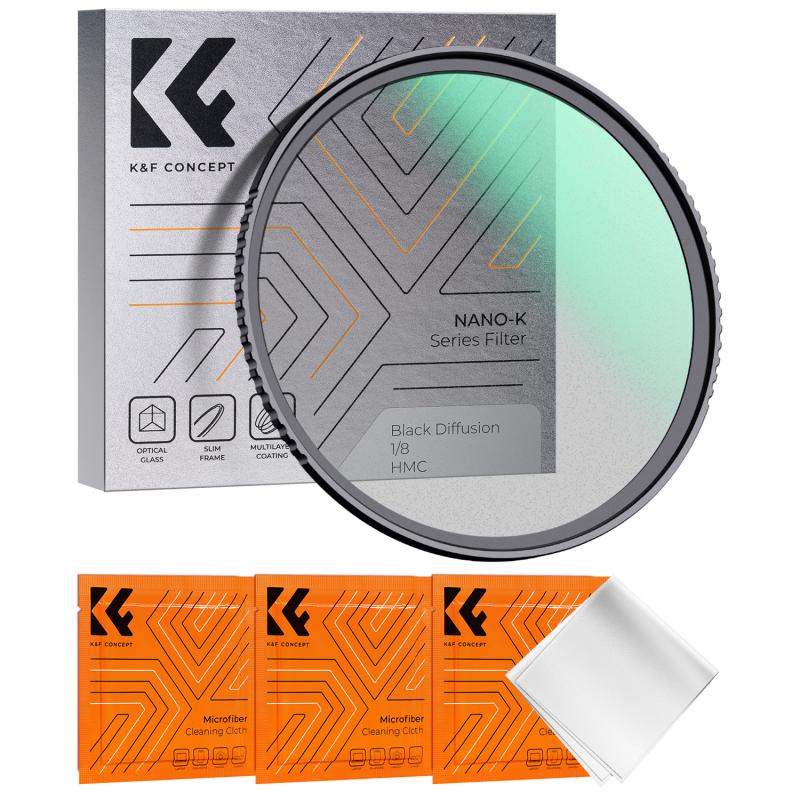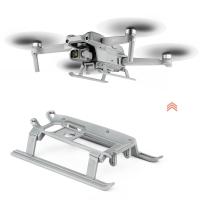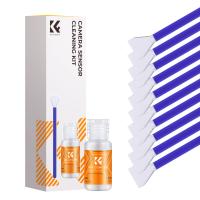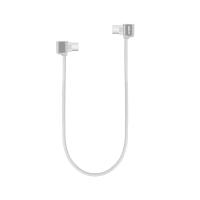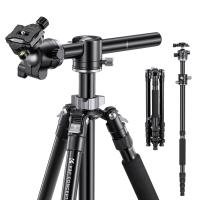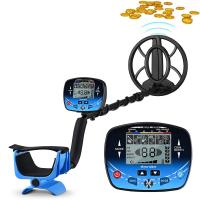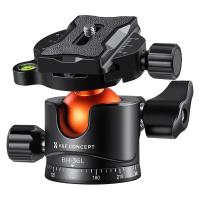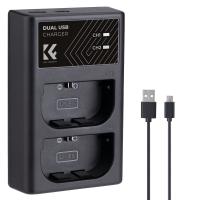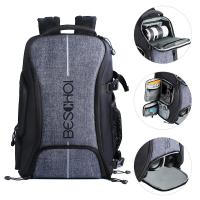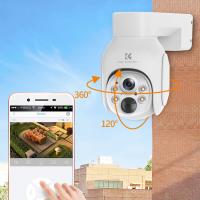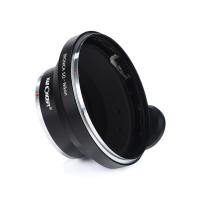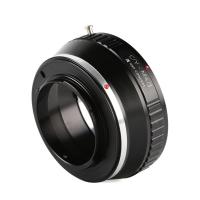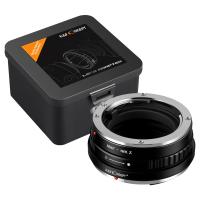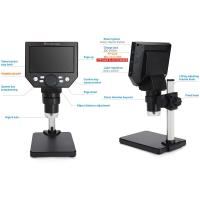How To Clean Olympus Endoscope ?
Cleaning an Olympus endoscope involves several steps to ensure proper disinfection and prevent the spread of infection. First, the endoscope should be flushed with water to remove any debris or organic material. Then, it should be cleaned with a detergent solution and a soft brush to remove any remaining debris. After cleaning, the endoscope should be rinsed with water and then disinfected with a high-level disinfectant solution. Finally, the endoscope should be rinsed with sterile water and dried with a lint-free cloth. It is important to follow the manufacturer's instructions for cleaning and disinfection, as well as any local regulations or guidelines. Regular maintenance and inspection of the endoscope can also help ensure its proper function and prevent contamination.
1、 Pre-cleaning and leak testing
Pre-cleaning and leak testing are essential steps in cleaning an Olympus endoscope. Before starting the cleaning process, it is important to ensure that the endoscope is free from any visible debris or blood. This can be achieved by flushing the endoscope with water or using a pre-cleaning solution. Once the endoscope is free from debris, it should be leak tested to ensure that there are no leaks in the instrument.
To perform a leak test, the endoscope should be submerged in water and pressurized with air. Any leaks will be visible as bubbles in the water. If a leak is detected, the endoscope should be sent for repair before proceeding with the cleaning process.
After the pre-cleaning and leak testing, the endoscope can be cleaned using a detergent solution. Olympus recommends using their EndoTherm solution, which is specifically designed for cleaning endoscopes. The solution should be mixed with water according to the manufacturer's instructions and the endoscope should be soaked in the solution for the recommended time.
Once the endoscope has been soaked, it should be brushed with a soft-bristled brush to remove any remaining debris. The endoscope should then be rinsed with water and dried with a lint-free cloth.
It is important to note that the cleaning process should be performed in a dedicated cleaning area that is separate from patient care areas. Additionally, all cleaning equipment should be properly maintained and disinfected to prevent the spread of infection.
In conclusion, pre-cleaning and leak testing are crucial steps in cleaning an Olympus endoscope. Following the manufacturer's instructions and using the recommended cleaning solutions can help ensure that the endoscope is properly cleaned and ready for use in patient care.
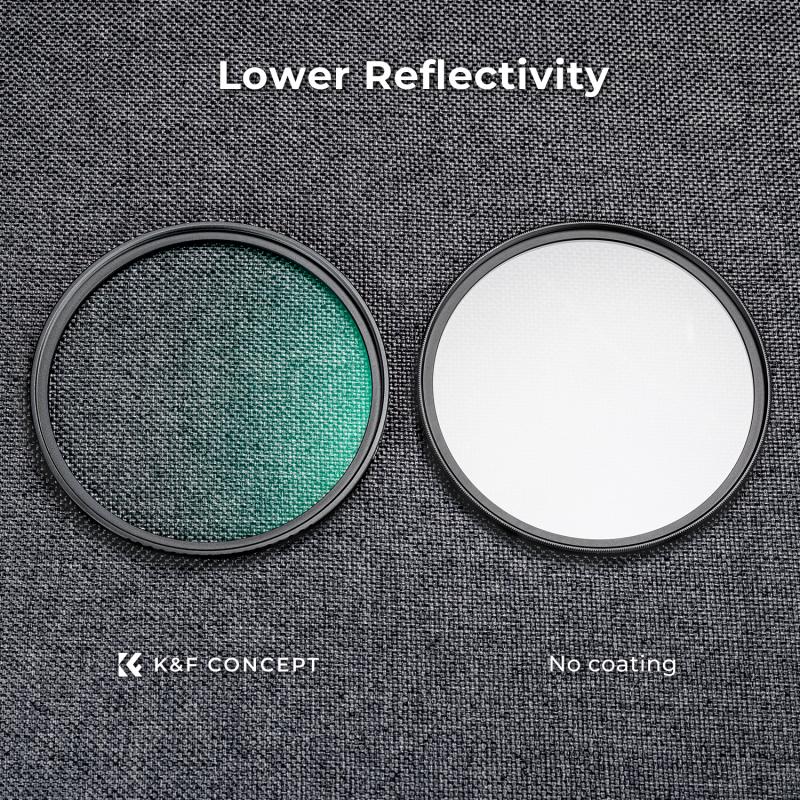
2、 Manual cleaning with enzymatic detergent
One of the most effective ways to clean an Olympus endoscope is through manual cleaning with enzymatic detergent. This process involves several steps to ensure that the endoscope is thoroughly cleaned and disinfected.
First, the endoscope should be flushed with water to remove any debris or organic material. Then, an enzymatic detergent solution should be prepared according to the manufacturer's instructions. The endoscope should be immersed in the solution and all channels should be flushed with the detergent using a syringe or other flushing device.
After the endoscope has been thoroughly cleaned with the enzymatic detergent, it should be rinsed with water to remove any remaining detergent. The endoscope should then be inspected for any visible damage or defects.
It is important to note that the cleaning process should be performed by trained personnel who are familiar with the specific cleaning requirements for Olympus endoscopes. Additionally, the cleaning process should be performed in a designated area that is equipped with appropriate cleaning and disinfection equipment.
In recent years, there has been increased attention on the importance of proper endoscope cleaning and disinfection to prevent the transmission of infections. As a result, there have been advancements in cleaning technologies and guidelines to ensure that endoscopes are properly cleaned and disinfected. It is important to stay up-to-date on the latest guidelines and recommendations for endoscope cleaning to ensure patient safety.
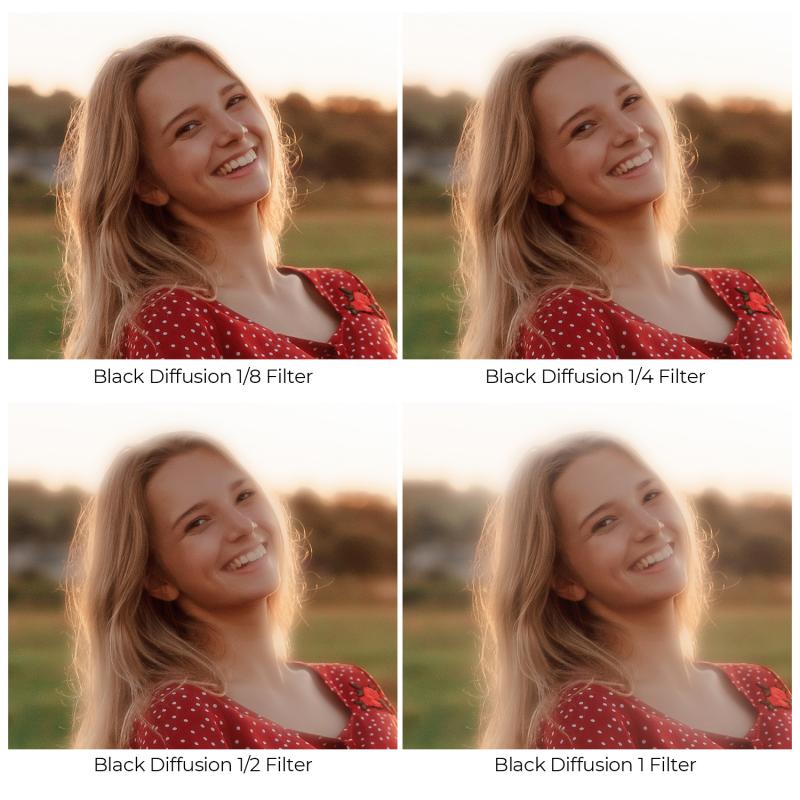
3、 Automated cleaning with washer-disinfector
How to clean Olympus endoscope? One of the most effective ways to clean an Olympus endoscope is through automated cleaning with a washer-disinfector. This method involves using a specialized machine that can clean and disinfect the endoscope in a controlled and efficient manner.
The first step in this process is to manually clean the endoscope by flushing it with water and detergent. Once this is done, the endoscope is placed in the washer-disinfector, which uses high-pressure water jets and specialized cleaning solutions to remove any remaining debris and bacteria.
After the cleaning process is complete, the endoscope is then disinfected using a high-level disinfectant solution. This ensures that any remaining bacteria or viruses are eliminated, and the endoscope is safe to use for the next patient.
It is important to note that while automated cleaning with a washer-disinfector is an effective method for cleaning Olympus endoscopes, it is not a substitute for proper manual cleaning and disinfection. Healthcare facilities should have a comprehensive cleaning and disinfection protocol in place that includes both manual and automated cleaning methods.
In addition, healthcare facilities should stay up-to-date with the latest guidelines and recommendations for endoscope cleaning and disinfection. The FDA and other regulatory bodies regularly update their guidelines based on new research and best practices, so it is important to stay informed and adapt cleaning protocols accordingly.
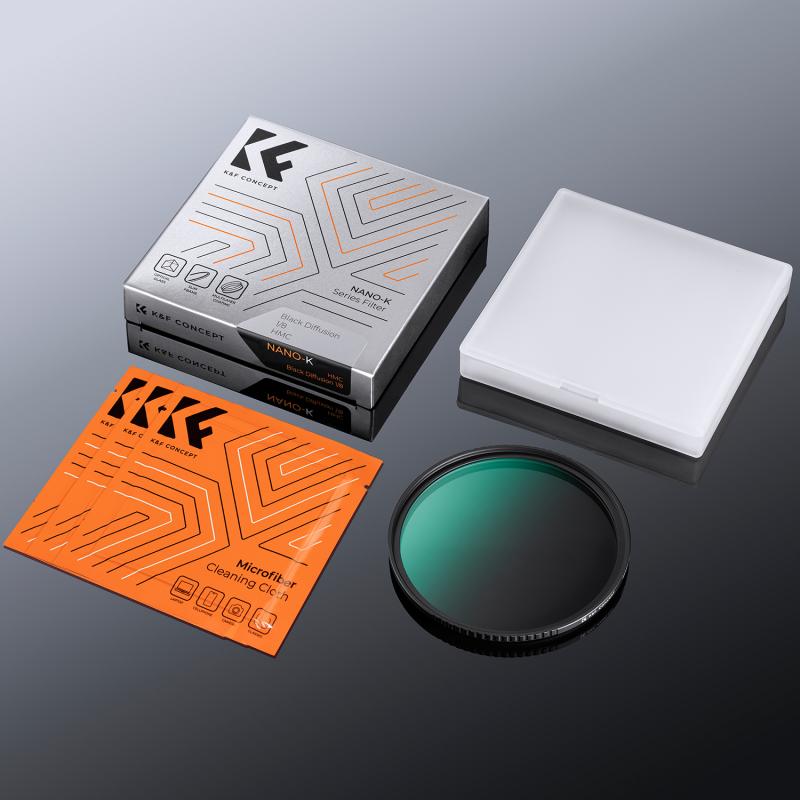
4、 High-level disinfection with approved solution
To clean an Olympus endoscope, high-level disinfection with an approved solution is recommended. This process involves several steps to ensure that the endoscope is thoroughly cleaned and disinfected.
First, the endoscope should be cleaned with a detergent solution to remove any visible debris or organic material. This can be done manually or with an automated cleaning system.
Next, the endoscope should be rinsed with water to remove any remaining detergent solution. This step is important to prevent any residual detergent from interfering with the disinfection process.
After rinsing, the endoscope should be immersed in a high-level disinfectant solution that is approved for use with Olympus endoscopes. The endoscope should be completely submerged in the solution for the recommended amount of time, which can vary depending on the specific disinfectant used.
Once the disinfection process is complete, the endoscope should be rinsed with sterile water to remove any residual disinfectant. The endoscope should then be dried thoroughly before being stored or used again.
It is important to follow the manufacturer's instructions for cleaning and disinfecting Olympus endoscopes, as well as any local regulations or guidelines. Additionally, healthcare facilities should have policies and procedures in place for the proper handling and cleaning of endoscopes to ensure patient safety and prevent the spread of infections.
